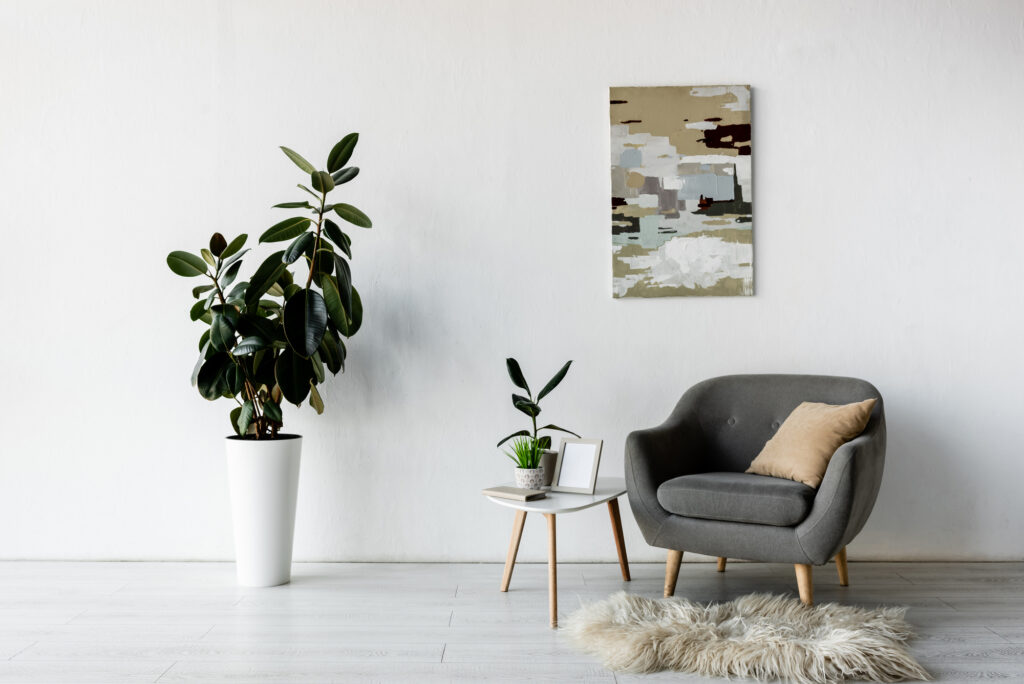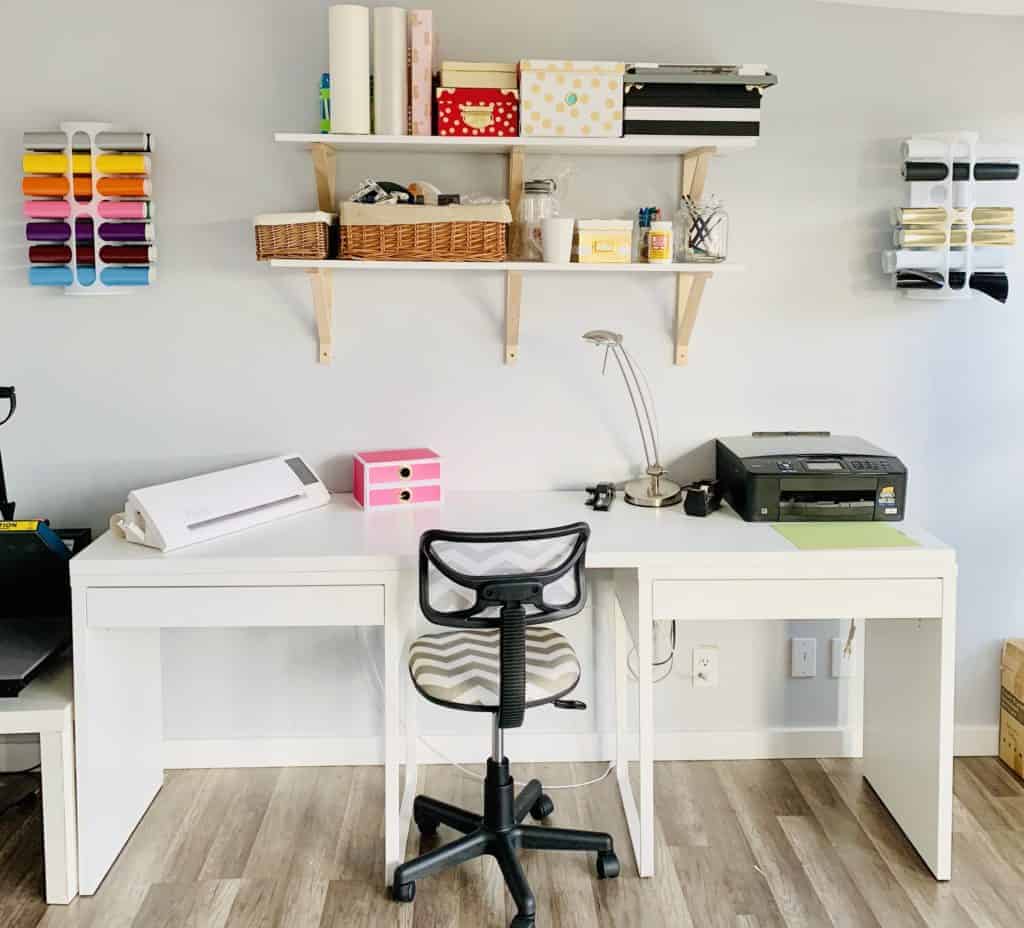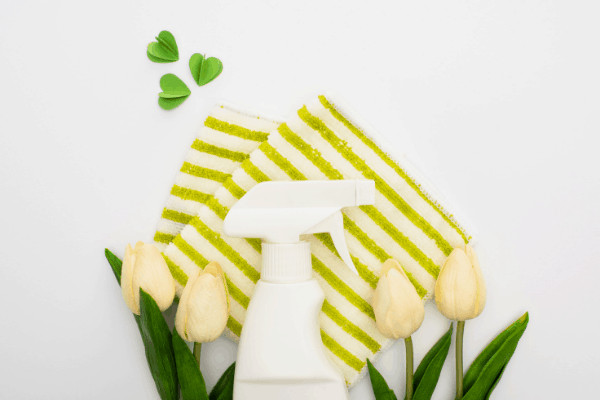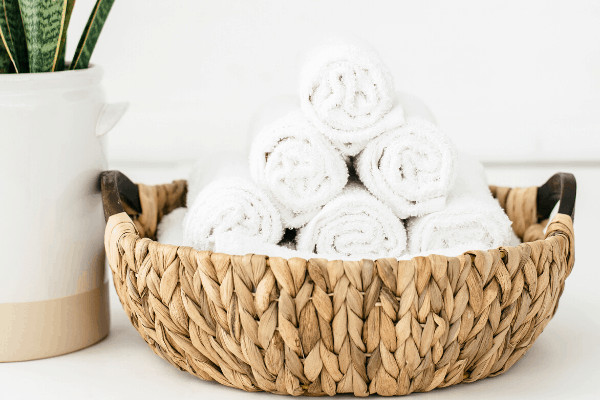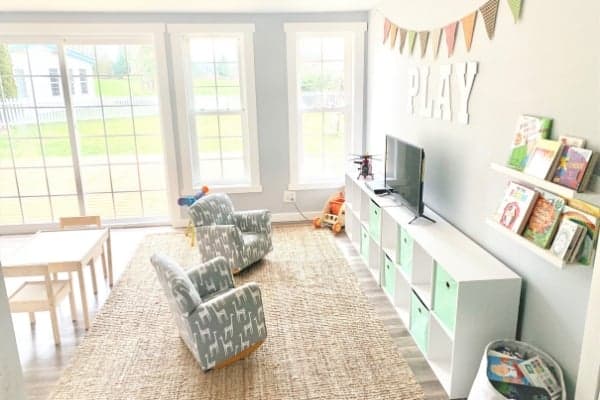Interior design is a strategic investment that enhances your property’s value and improves your life’s quality. A well-designed space improves functionality, boosts emotional well-being, and yields long-term financial benefits. Collaborating with interior design professionals ensures that your investment is sound and tailored to meet your specific needs and lifestyle.
When creating your ideal living or working space, considering interior design as an investment rather than an expense can have transformative benefits. This shift in perspective reveals the hidden value that reasonable design offers. It encompasses more than just aesthetics; it’s about functionality, comfort, sustainability, and increasing the overall worth of your property. Investing in interior design can lead to numerous long-term advantages that extend beyond immediate visual pleasure, positively impacting your environment and lifestyle.
Enhancing Property Value
One of the most compelling reasons for viewing interior design as an investment is its ability to enhance property value. A well-designed home or office can significantly boost market appeal and help attain a higher asking price when it comes time to sell. Potential buyers are more likely to be attracted to spaces that offer both style and practicality, seeing them as move-in ready. With the correct design elements, including contemporary finishes and functional layouts, the perceived value of your property increases. Consulting with professionals in expert interior design and staging ensures that every element of your space contributes to a cohesive and appealing aesthetic that maximizes property value.
A well-executed design can make even smaller spaces feel more expansive, drawing on a broader range of potential buyers. Thoughtful design choices, like optimizing lighting and choosing neutral yet modern color palettes, create a welcoming atmosphere that resonates with most tastes. High-quality finishes and materials, from flooring to cabinetry, add a sense of luxury to set your property apart from others in the market. Additionally, strategic staging can highlight your home’s best features, making it easier for buyers to envision themselves living in the space. Ultimately, investing in interior design elevates your property’s appearance and increases its potential to sell faster and at a better price.
Improving Functional Space
An essential aspect of interior design is optimizing space functionality. Homes and offices require layouts that cater to their inhabitants’ daily routines. Effective designs consider traffic flow, lighting, and the specific needs of users, whether it’s a lively family room or a serene workspace. Innovative design solutions, such as built-in storage and multi-functional furniture, help maximize utility and reduce clutter. This strategic organization enhances the property’s usability and contributes to an environment that facilitates productivity and relaxation effortlessly. An effectively designed space utilizes every square inch, providing enhancements that lead to ease of living and improved quality of life.
Incorporating flexible layouts that adapt to changing needs ensures that spaces remain functional over time. Natural elements, such as plants and natural light, can also contribute to a sense of well-being and balance in a space. Design choices that prioritize comfort and accessibility ensure that all users, regardless of age or ability, can navigate the space with ease. Clever use of color and texture can create a harmonious atmosphere, boosting both aesthetics and functionality. Ultimately, a well-thought-out design improves space utilization and enhances individuals’ emotional connection with their surroundings.
Boosting Emotional Well-Being
Your physical surroundings can profoundly affect your mood and emotional health. Well-designed interiors have the power to inspire, calm, and energize. A thoughtfully designed home that reflects one’s tastes fosters a sense of connection and happiness, creating a sanctuary where occupants feel at ease. Natural light, harmonious color palettes, and carefully selected furniture can all contribute to emotional well-being. As such, interior design invests in mental health and happiness, enhancing the quality of life for anyone who enters the space. It is about creating a home that supports your overall well-being, making it a refuge from the stress of the outside world.
Incorporating plants, soothing textures, and personalized décor can further enhance the space’s calming atmosphere. Minimalist design, focusing on clean lines and uncluttered spaces, can help reduce feelings of overwhelm and promote clarity of thought. Creating areas for relaxation and reflection, such as reading nooks or meditation corners, encourages mindfulness and mental rejuvenation. Additionally, the ability to move freely through a space with ease fosters a sense of comfort and control. Ultimately, a thoughtfully designed environment becomes more than just a place to live—it becomes a key contributor to maintaining emotional balance and well-being.
Achieving Sustainability and Efficiency
Sustainable and efficient living spaces are increasingly important in today’s world. Quality interior design considers the environmental impact, promoting eco-friendly and energy-efficient elements. This could include using recycled materials, energy-efficient appliances, and sustainable flooring options. The long-term savings on energy bills and reduced environmental footprint make sustainable design an attractive investment. Interior design empowers individuals to make conscious choices that benefit their wallets and the planet, positioning the investment as one that yields returns environmentally and economically. Incorporating sustainability into your design choices ensures that your living space remains adaptable for the future.
Additionally, using natural lighting and smart home technologies can further reduce energy consumption and enhance the overall efficiency of the space. Sustainable design supports environmental preservation and promotes healthier living by reducing exposure to harmful chemicals often found in traditional building materials. It encourages a sense of connection to the environment, fostering a lifestyle rooted in mindfulness and responsibility. Green spaces, such as indoor plants and eco-conscious landscaping, can improve air quality and create a more harmonious atmosphere. As sustainability awareness grows, more materials and technologies become available, making it easier for homeowners to create spaces that align with personal values and global environmental goals.
Avoiding Costly Mistakes
Creating a beautiful and functional space is fraught with potential pitfalls. Without expert guidance, costly mistakes can occur—be it purchasing furniture that’s too large, choosing inappropriate materials, or miscalculating color schemes. Engaging with experienced interior designers can help you avoid these errors. They offer invaluable expertise that ensures your decisions are sound and meet your vision. This preventive approach conserves financial resources by eliminating mistakes before they happen and guarantees that the final result aligns with your aspirations. In the long run, avoiding these pitfalls saves money and contributes to a more prosperous and satisfying design process.
Experienced designers also help manage timelines efficiently, ensuring that projects are completed on schedule and without unnecessary delays. They have access to a network of trusted suppliers and contractors, which can lead to cost savings through discounts and reliable services. Additionally, they consider the long-term functionality of design choices, ensuring that your space remains practical and adaptable for years. Their insight into current design trends can prevent outdated or mismatched elements from detracting from your vision. Ultimately, their guidance makes the process smoother, more enjoyable, and less stressful, resulting in a space that reflects your style and meets your needs.
Personalized Solutions for Better Living
Every individual and family has unique needs and preferences; interior design can address these by offering personalized solutions. A professional designer works with clients to understand their lifestyles, preferences, and objectives to create a space that reflects their personalities and requirements. From custom furniture to tailored layouts, the ability to personalize elevates a house to a home or an office to a creative haven. Investing in bespoke design services ensures that living spaces are not only functional and beautiful but also deeply personal and satisfying. Personalization guarantees a home or workspace ideally suited to its users, enhancing day-to-day living.
Whether optimizing storage for a growing family or designing a peaceful retreat for relaxation, personalized interiors are designed to support specific needs. Custom color schemes, textures, and finishes create a harmonious environment that reflects style and practicality. Additionally, personalized design fosters a sense of belonging, making every corner feel thoughtfully considered and comfortable. The emotional impact of living in a space that caters to one’s taste and lifestyle can significantly improve mental well-being and overall happiness. By prioritizing personalization, spaces become more than just functional—they become an extension of the inhabitants.
Conclusion
Understanding interior design as an investment allows individuals to unlock their full potential. It is an investment in your property’s value, in efficient and sustainable living, and most importantly, in the quality of your life. By approaching design with an investment mindset, you ensure your spaces are optimized for functionality, emotional well-being, and personalization. Ultimately, this holistic approach to design redefines living environments, transforming them into spaces where you can thrive and evolve.
A well-designed space promotes productivity, creativity, and peace, significantly impacting your daily experiences. Thoughtful design choices can also reduce long-term maintenance costs by prioritizing durable materials and energy-efficient solutions. Customizing spaces to reflect your style fosters a deeper emotional connection to your environment, enhancing overall happiness and comfort. By investing in design, you not only improve your living conditions but also contribute to a sustainable future by selecting eco-friendly options. As a result, the value of your investment is felt not only in the property’s market worth but also in its lasting impact on your well-being.

